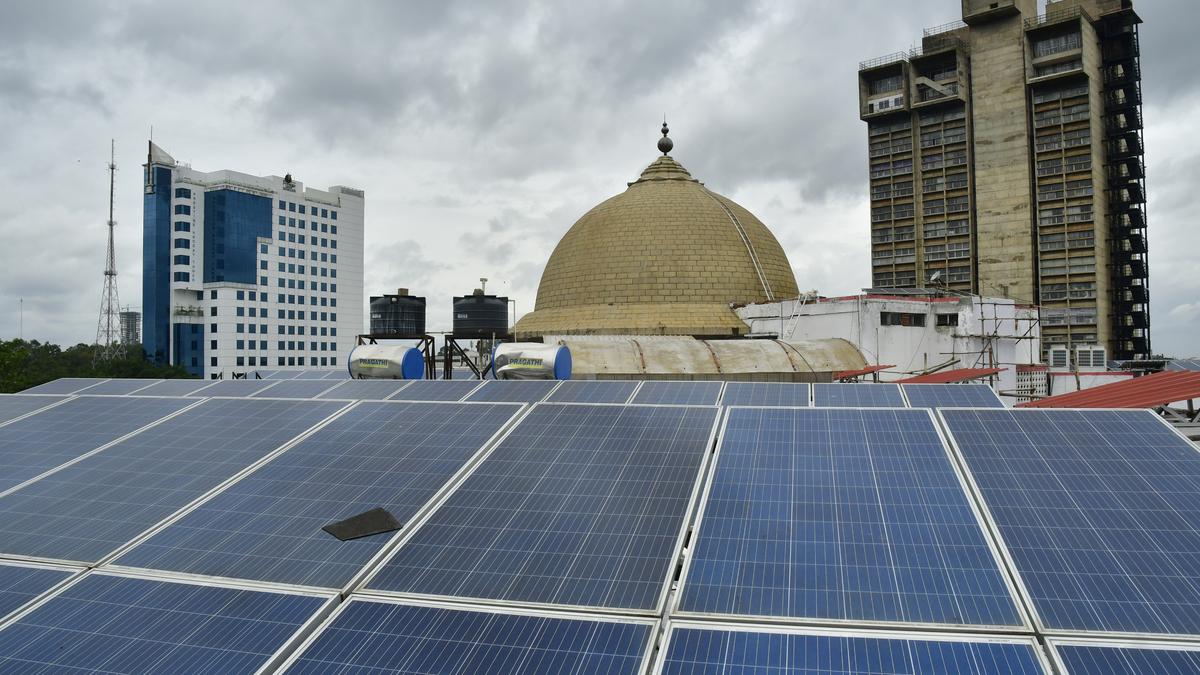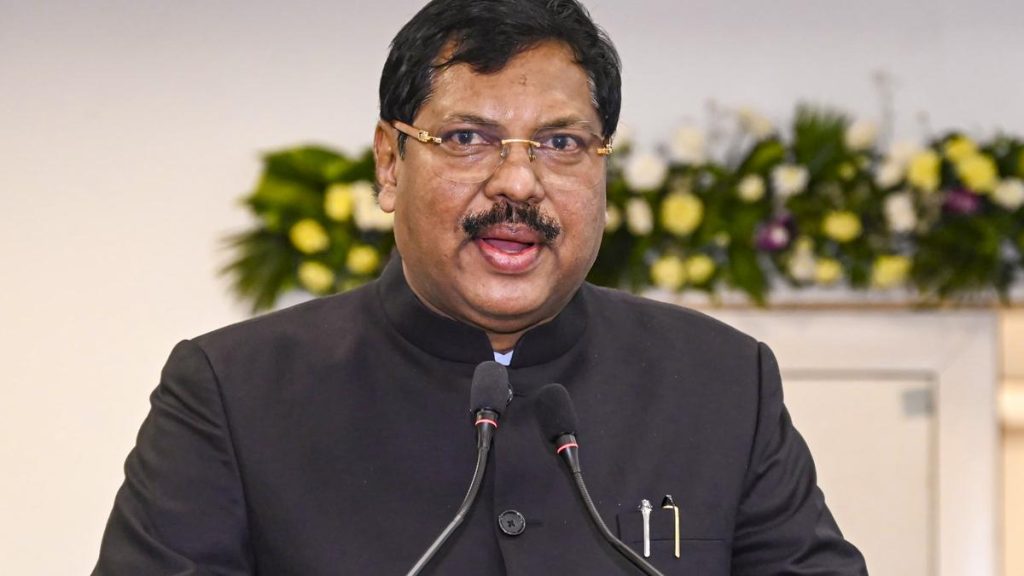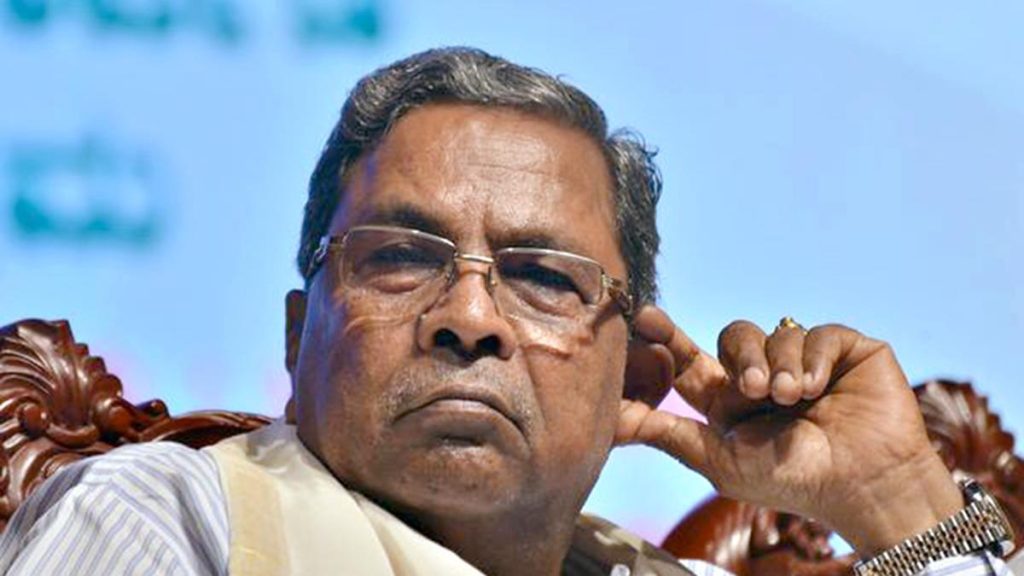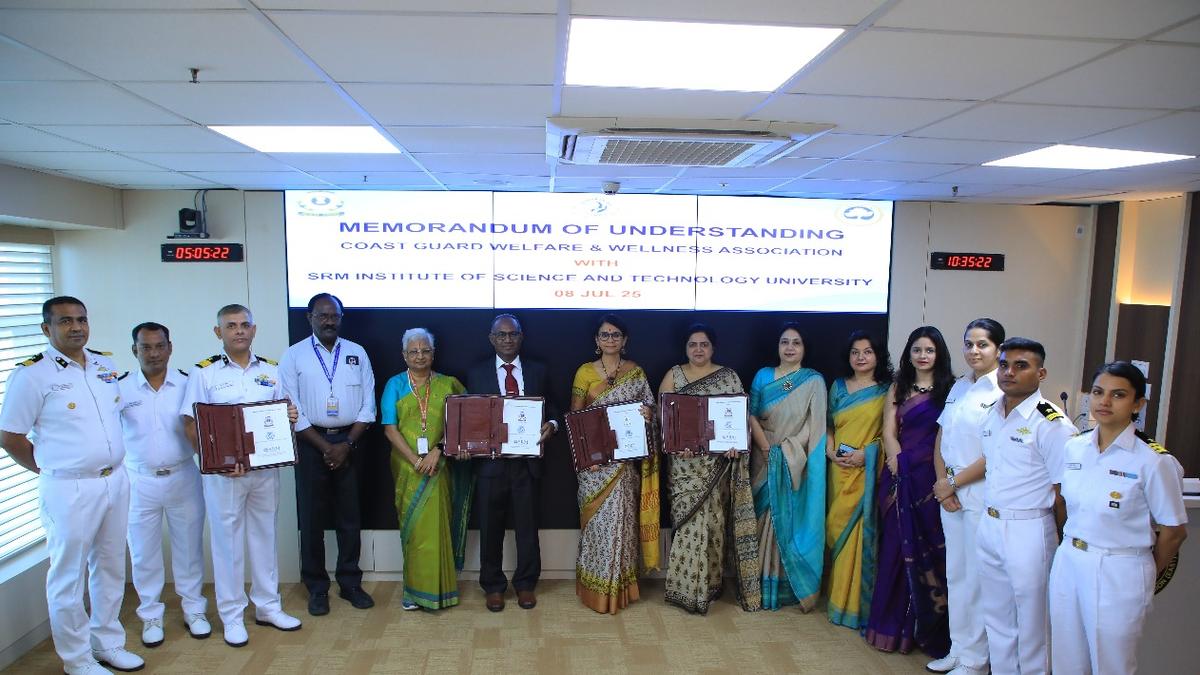Now Reading: KERC Approves Solar Projects Beyond Rooftops
-
01
KERC Approves Solar Projects Beyond Rooftops
KERC Approves Solar Projects Beyond Rooftops

Fast Summary
- Karnataka Electricity Regulatory Commission (KERC) has introduced new regulations allowing solar power generation systems to be installed anywhere on a property, provided the installation is elevated at least 8 feet above ground.
- The scope of Solar Rooftop Photovoltaic (SRTPV) systems has been expanded to include Distributed Solar PV (DSPV) plants that can be mounted on facades, carports, cycle parking spaces, or as standalone elevated structures.
- Virtual Net metering (VNM) adn Group Net Metering (GNM) are now permitted for DSPV projects to facilitate collective energy offsetting by eligible consumer groups or across multiple connections under the same name. Minimum size requirement: 5 kilowatts (KW).
- Execution of Power Purchase Agreements (PPAs) for Domestic consumers (<150 kW capacity installations) has been eliminated to simplify processes; existing PPAs can continue if panels are relocated within an electricity supply company's jurisdiction.
Indian Opinion Analysis
This regulatory shift by KERC marks a progressive step toward enabling wider adoption of solar energy in Karnataka. By expanding opportunities beyond rooftop installations and allowing ground-mounted systems with diverse applications like carports and facades, the regulations align with changing urban infrastructure needs where rooftop space might potentially be limited.Virtual and Group Net Metering further democratize access to solar generation by facilitating collaborative investment models among neighboring users or centralizing projects for multi-connection utilization.
The elimination of mandatory PPAs simplifies procedures for small-scale residential consumers (<150 kW), encouraging homeowners toward renewable energy adoption without bureaucratic hurdles. With Karnataka's relatively low installed capacity under SRTPVs compared to traditional large-scale ground-mounted plants (~754 MW vs ~5666 MW), these measures could help bridge gaps in decentralized renewable contributions while paving an accessible pathway ahead. Read more: The hindu























